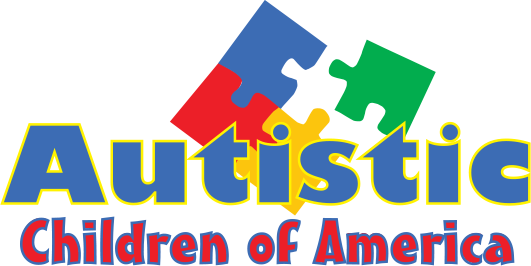Autism Facts To Know
- When an autistic child or adult becomes missing from their family or caregivers it must be considered a priority in the handling of the investigation. Time is of the essence. These individuals are prime targets for abuse and wandering without recognizing dangerous situations.
- Individuals with autism can’t be identified by appearance. They look the same as anyone else. They’re identified by their behavior.
- Individuals with autism tend to have an under developed upper trunk and are at higher risk of positional asphyxiation. When restraint is required officers need to be aware of this medical fact and act accordingly, and be sure to adjust position often.
- Some individuals with autism do not have the normal range of sensations and don’t feel the cold. They may not seek shelter if lost out in the cold. This will affect the way a search for a lost child with autism is conducted.
- Individuals with autism may engage in self stimulatory behavior such as hand flapping, finger flicking, eye blinking, string twirling, rocking, pacing, making repetitive noises or saying repetitive phrases that have no bearing on the topic of conversation. This behavior is calming to the individual, even if it doesn’t appear calming to the officer. If these behaviors are NOT presenting a danger to themselves or others it is in the officer’s best interest not to interfere with it. Allow it to continue as long as they are safe and safe to be around. Trying to stop it may cause the individual to act out aggressively.
- Speak in short clear phrases “get in,” “sit down,” “wait here.” An individual with autism may take longer to respond to directives, and that can be because they don’t understand what’s being demanded of them, or even just because they’re scared; they may not be able to process the language and understand a directive when fearful.
- Individuals with autism should be kept away from the general prison population whenever possible, including time in holding tanks. Their lack of understanding of social situations makes them prime candidates for abuse.
- These individuals may have a weak understanding of cause and effect. They have little concept of consequences.
- 50% of individuals with autism are nonverbal throughout their life span; another 20% may present as nonverbal when highly stressed.
- 40% of individuals with autism will develop epilepsy or some other seizure disorder by the end of adolescence. Know that when dealing with an individual with autism, they may experience seizures.
- Officers may encounter autism by one of its many other names. The differences are not important for officers to know. What is important is that they will be familiar enough to know that these are one form or another of autism:
- Autism
- ASD – Autism Spectrum Disorder
- Asperger’s Syndrome and/or NVLD (Nonverbal Learning Disorder)
- PDD- Pervasive Developmental Delay
- PDD NOS- Pervasive Developmental Delay Not Otherwise Specified
- Officers need to remember to use their Silent No More communication boards if they’re faced with an individual who seems unable to communicate meaningfully.
- Individuals with autism are strongly attracted to water. Drowning is a leading cause of death among children and adults with autism. Officers should check area pools, ponds and streams when looking for a lost child. Hoses, irrigation systems and fountains would also be very attractive to them.
- Whenever possible, avoid touching these individuals. Some, but not all individuals with autism, will become more agitated and possibly aggressive when touched.
- There are certain times of the year that officers will be more likely to receive calls from our families. That would be early June, late August and the end of December. This is because of the special education school calendar. These times are traditional breaks in programming, even in residential schools. Many residential schools CLOSE for breaks. Children who have been placed in residential settings do come home and the family may or may not be able to handle the situation. Some will have been placed due to behaviors that put themselves or others at risk. Another time is during summer camp season. There are new people, a new setting, and less structure. These individuals thrive on routine. Any change in routine can cause behaviors to erupt.
ID Methods
- Families use any number of ways to help children be identified.
- Medic Alert Bracelets are one way, but often individuals with autism won’t wear the jewelry because they are sensory defensive.
- Families will thread the ID into a shoelace, into a belt, or as a zipper pull. It may also be a necklace.
- Some families put a business card into a small case and put it in a pocket of their children’s clothing.
- ID tags are sown or stamped into the back of collars.
- On vacation or in large crowd settings many of our families create temporary tattoos with the child’s’ name and their cell phone numbers and place it on the upper shoulder.
- When an officer asks for identification use short simple questions, “What is your name?” or “What is your address?” may be more effective over the range of the spectrum than “Give me your identification.” Extra words or long difficult words make it more difficult for these individuals to understand what is being asked. Use short simple words. Wait 3 seconds, and then ask it again. Processing requests takes time for these kids. If they are nonverbal or appear to be nonverbal, they may be able to write or type the information you need, offer a pen and paper or computer. They also may be able to read above their speaking ability. Writing questions may be helpful in gathering information.
Citations:
Information in this section is based on source material drawn from:
“Autism 101 for Law Enforcement.” Autismlink.com. N.p., n.d. Web. 30 July 2012. <http://www.autismlink.com/pages/emergency_police/>.
